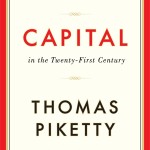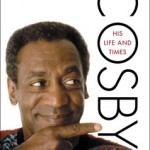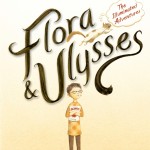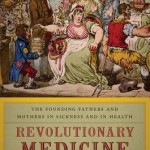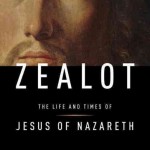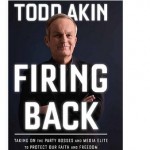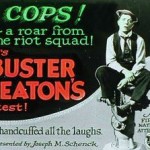
Sixth Sense
“Kaplan weaves Adams’ personal life and public career into an interrelated portrait of the man and his times. His singular appreciation of the importance of literature, especially Shakespeare, the theatre and poetry (including that composed by Adams himself) to his subject’s intellect, psyche and convictions about politics, religion, philosophy, love and nature, provides readers with a transparent and penetrating portrayal and assessment of Adams. This exceptional approach modifies conventional depictions of Adams solely as a man of “cold austere and forbidding manners, a gloomy misanthropist,” a description Adams once even applied to himself.”
